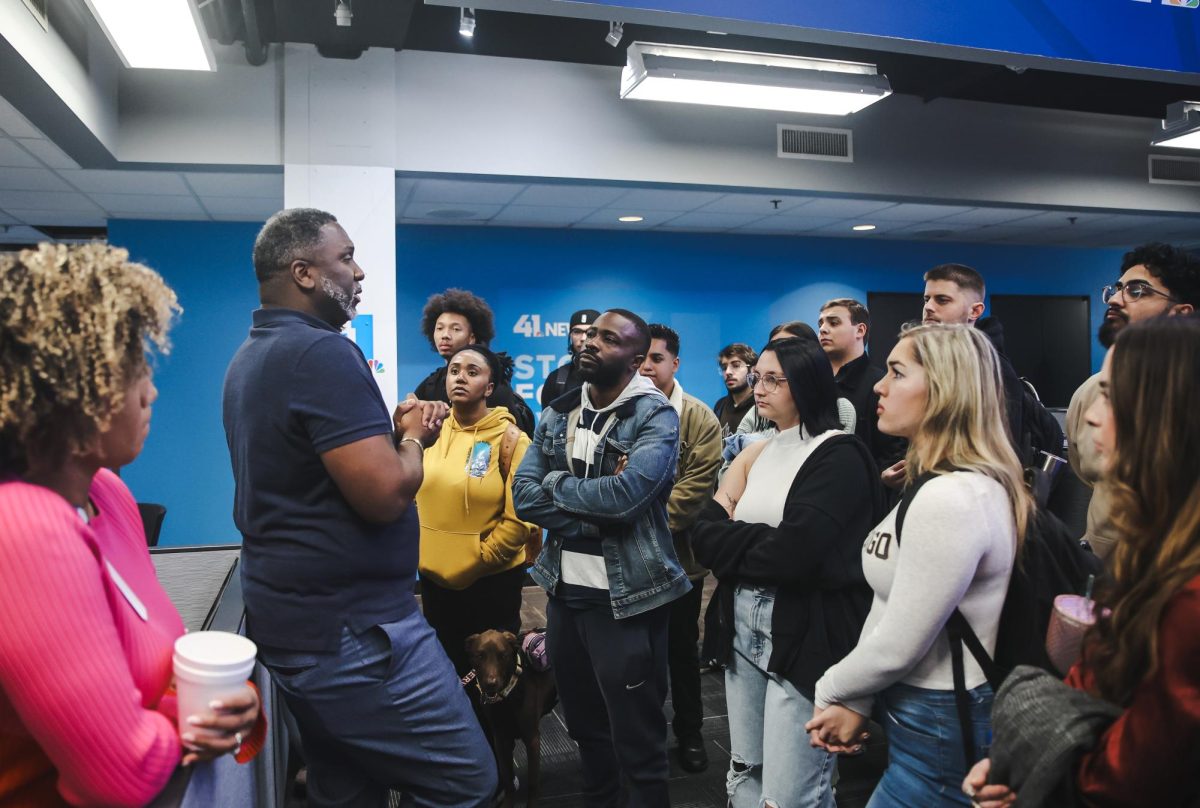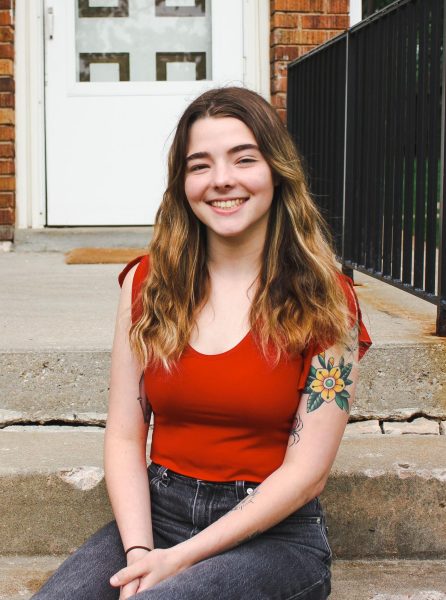Hulu’s must watch miniseries “Dopesick” is a heartbreaking story of opioid abuse in America and Purdue Pharma’s role in what turned out to be a nationwide epidemic.
Spanning eight episodes, “Dopesick” dives into exploring the narrative from multiple perspectives. In a rural West Virginia mining town, we see Dr. Samuel Finnix (Michael Keaton), as a local physician. His general do-good attitude and tight-knit relationships with his patients provide an emotional angle for viewers to latch onto.
Seeking to yank on the heartstrings of the viewers, director Danny Strong opted to include fictional characters into this true story in hopes of representing the stories of many real people in one character.
“By fictionalizing, I wouldn’t be stuck to the truth of one person’s life,” Strong said in an interview with NPR’s Eric Deggans. “I could use as many anecdotes as I wanted. I could achieve a more universal truth, a higher truth.”
On the other end of the narrative, we see the Sackler family, the owners of Purdue Pharma and creators of OxyContin. That’s the opiate that ultimately tips the scale, sending America plunging headfirst into a deadly addiction.
From the first scene, the Sacklers are portrayed as seemingly evil. That is one reason why “Dopesick” is different from many other TV dramas.
Instead of telling a story about an unfortunate turn in what began as good intentions, the writers bluntly illustrate the corruption of this family. They are doing bad things from the start with one goal in mind — money, money, money. While the Sacklers sit in their mansions, American citizens are paying the price for their greed.
The shady operations of Purdue Pharma are dispersed throughout the season in a way that leaves viewers wondering what Big Pharma companies do behind closed doors and how they get away with it.
In one of the many storylines included in the show, we see John Hoogenakker and Peter Sarsgaard as a pair of assistant U.S. attorneys. The partners are putting pieces together, trying to gather enough information to take Purdue and the Sacklers down.
“A few months ago, we caught a doctor selling pills out of his car to an 11-year-old girl … and when we arrested him, he thanked us,” Hoogenakker’s prosecutor said to a DEA agent in the show. “Our community is ground zero for a growing national catastrophe.”
Having no prior knowledge regarding the complexity of the opioid epidemic, I found that the show remained easy to comprehend. The writers found that sweet spot of balancing the use of medical jargon and explaining concepts in a way that the general population could understand.
One downfall of the show was the execution of jumping between time periods and their relative storylines. Even with the on-screen graphics to help viewers keep track of developments, I found it a chore to keep up with.
The “Dopesick” miniseries, inspired by Beth Macy’s nonfiction book, condenses an ongoing crisis that has ravaged the nation. It quantifies the numerous deaths of American people resulting from decisions made by money-hungry businessmen in three-piece suits.
mlepgm@umsystem.edu









